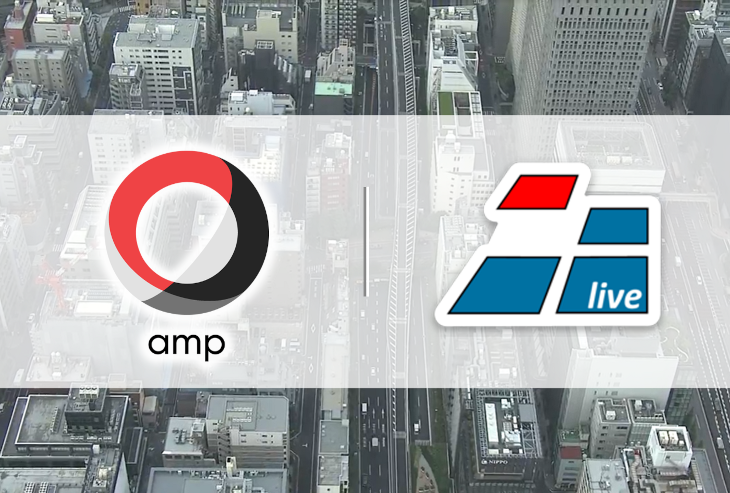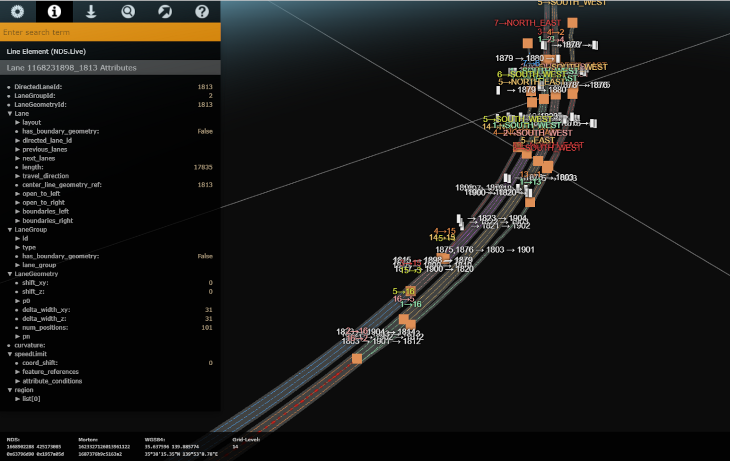Most developers and decision-makers know by now that the Navigation Data Standard offers numerous advantages to companies in the navigation and automotive eco-system. In many places, however, the question arises: How can NDS actually be used in concrete terms, and what practical advantages does using NDS and active collaboration with the NDS Association members bring?
A good real-world example is Woven Planet Group, a provider of secure, connected mobility solutions: By adopting mapping standards such as NDS.Live, the Automated Mapping Platform (AMP) team at Woven can provide its map data efficiently and cost-effectively at scale. This, in turn, enables more customers to use its products. The focus is on low-cost but always high-performance maps for global, everyday, secure and automated mobility. The company sees a key struggle to work with solutions from companies scattered throughout the globe, because all the different technologies need to work together. They recognize, that in order to achieve a cooperative advantage, technology needs to speak the same language and that this can only be achieved by working through standards. In the high-definition (HD) map industry, the worldwide standard for map data is the Navigation Data Standard (NDS).

Woven Planet notes, that while in NDS.Classic it was difficult to keep the navigation road network and the more detailed HD lane network in sync, the company now uses NDS.Live because it offers a more flexible approach. NDS.Live allows different road attributes to be assigned to the lane network. By doing this, the size of the overall data payload can be reduced (no road network needs to be sent). In addition, by assigning attribution directly to the HD lane network, the modelling of the attribution is greatly simplified. These simplifications are needed for connected vehicles and are exactly why the NDS consortium created the new NDS.Live specification.
By adopting mapping standards such as NDS.Live, the Woven AMP team can efficiently and cost-effectively deliver its map data at scale.
Would you like to learn more? You can find more insights written up by Andrew Calkins, Senior Solution Engineer for AMP at Woven Alpha here.
